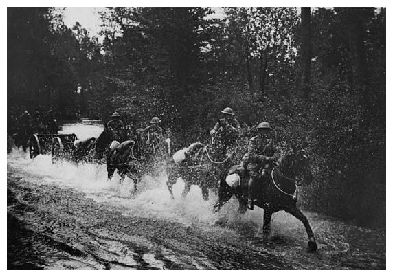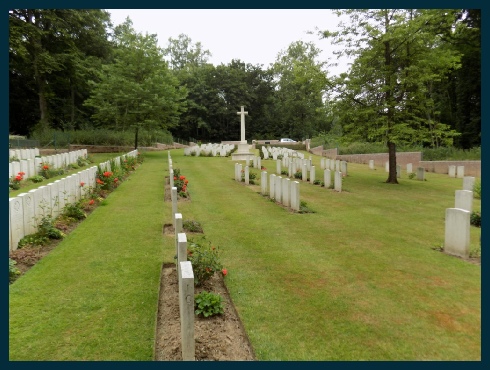Copyright © All rights reserved.



Thomas Charles
Thomas Charles was born in the last quarter of 1892 and his birth registered in Malton. He was the third son of Thomas and Hannah (nee Wilson) who were married in the Pickering area in the third quarter of 1888 and was one of seven children. The family seem to have been fairly mobile, starting their married life in Thornton Dale before moving to Ryton by 1901:
1901 Census – resident at Ryton, Great Habton
CHARLES, Thomas, Head, Married, M, 39, Farm Labourer, Thornton Dale, Yorkshire
CHARLES, Hannah, Wife, Married, F, 39, Newton on Rawcliff, Yorkshire
CHARLES, Walter, Son, Single, M, 12, Attending School, Newton on Rawcliff, Yorkshire
CHARLES, William, Son, Single, M, 10, Attending School, Thorntondale, Yorkshire
CHARLES, Thomas, Son, Single, M, 8, Attending School, Ryton, Yorkshire
CHARLES, John, Son, Single, M, 6, Attending School, Ryton, Yorkshire
CHARLES, Elsie, Daughter, Single, F, 4, Infant At Home, Ryton, Yorkshire
CHARLES, Redvers, Son, Single, M, 8 months, Infant At Home, Ryton, Yorkshire
Thereafter Thomas senior seems to have got a better job a Howe Bridge Farm as foreman, where they were in 1911:
1911 Census – resident at Howe Bridge Farm, Malton:
CHARLES, Thomas, Head, Married, M, 49, Farm Foreman, Worker, Yorks Thornton Dale,
CHARLES, Hannah, Wife, Married 22 years, F, 49, Yorks Newton Pickering,
CHARLES, Thomas, Son, Single, M, 18, Farm Servant Groom, Worker, Yorks Ryton,
CHARLES, Redvers, Son, M, 10, School, Yorks Ryton,
CHARLES, Margery, Daughter, F, 5, Home, Yorks Ryton,
WARD, Harry, Servant, Single, M, 19, Waggoner On Farm, Yorks Amotherby,
IRELAND, John, Servant, Single, M, 34, Cow Man On Farm, Yorks Birdsall,
Thomas enlisted in “G” Battery of the Royal Horse Artillery which formed part of the 3rd Cavalry Division. They arrived at Ostend on 8th October 1914 and remained on the Western Front for the duration of the War, taking part in the battles of Ypres and Loos. I can find no major engagements recorded for the 3rd Cavalry Division in 1916, but Thomas died of wounds in November of that year. It seems likely that his battery was part of the artillery support at the Battle of the Ancre, a politically motivated battle, launched on 13 November 1916. The aim was to provide good news for a meeting of Allied commanders at Chantilly on 1 5 November and so an attack was planned on either side of the Ancre river near Thiepval.
5 November and so an attack was planned on either side of the Ancre river near Thiepval.
Supported by artillery, machine guns and tanks, the 51st (Highland) Division stormed across the heavily-
At this point, the Battle of the Ancre could be considered a success for the British, and C-
It would seem likely that Thomas Charles was wounded at the outset of the battle and died the same day 13th November 1916. He was buried at Aveluy Wood Cemetery, Mesnil-
The cemetery was begun in an area known to the Army as 'Lancashire Dump' in June 1916, a few days before the beginning of the Battle of the Somme, and was used by fighting units and field ambulances until the German withdrawal to the Hindenburg Line in February 1917. It then remained unused until the German advance in the spring of 1918. In September the V Corps Burial Officer added graves of April-
